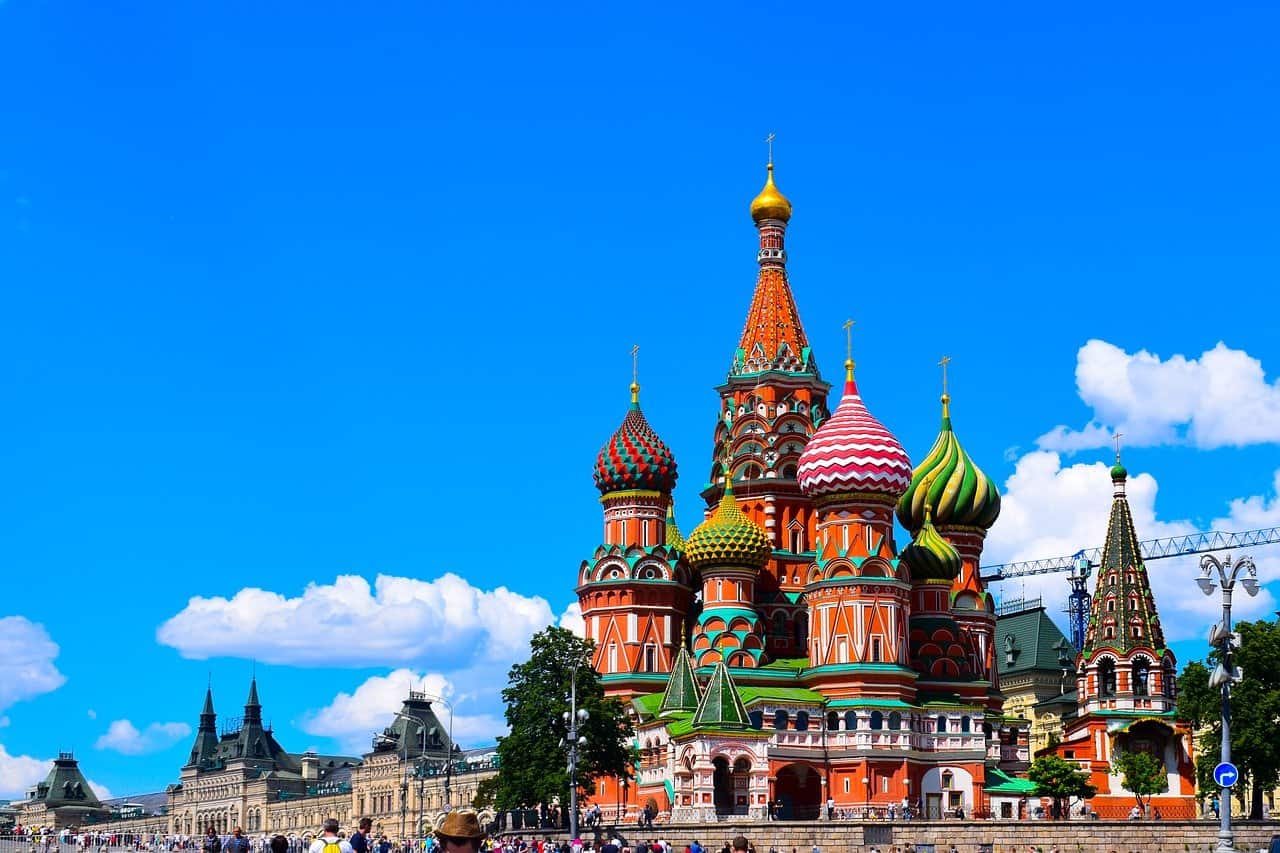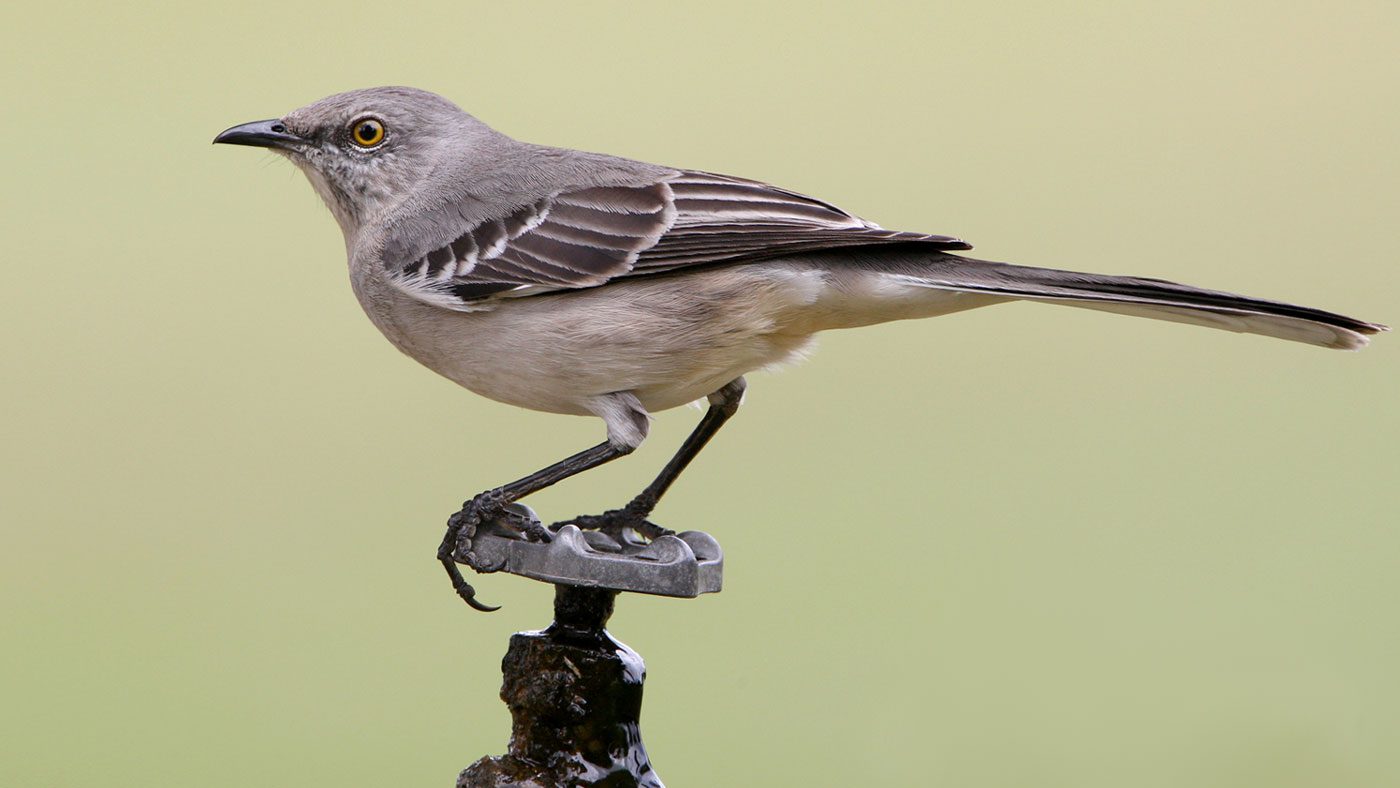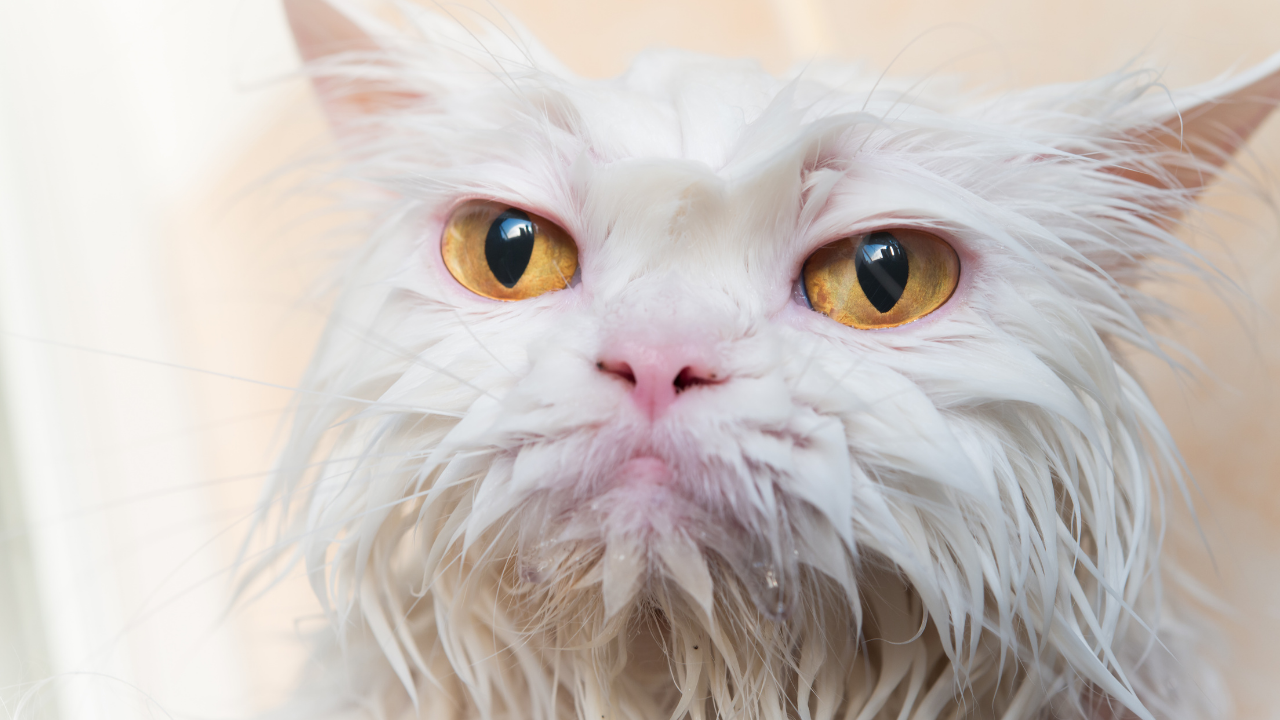Have you ever wondered why Russia is so big, stretching across two continents? It’s a question that has intrigued many.
In this article, we’ll delve into the top three reasons behind the immense size of Russia, exploring both historical and geographical factors that have contributed to its enormity.
According to a study by the World Bank, Russia’s landmass covers a staggering 17.1 million square kilometers, making it the largest country in the world.
So, let’s uncover the secrets behind this colossal nation.

Table of contents
Why is Russia so Big?
The answer lies in an intricate web of time-spanning history, geography, politics, and culture that extends to the center of Eurasia.
In the 800s, Kyiv—today’s capital of Ukraine—was the headquarters of a small kingdom called Russia.
However, Russia is so big for the reasons listed below:
Geographical Extent
Russia’s colossal size, spanning two continents, is truly awe-inspiring. To understand why Russia is so big, we must explore its geography. This vast nation stretches across Europe and Asia, making it the largest country globally. It covers over one-eighth of Earth’s land, an expanse that includes a plethora of diverse landscapes.
Russia’s geography features sprawling plains, towering mountain ranges, dense forests, and expansive icy tundras. The Ural Mountains serve as a natural boundary, dividing European Russia from Siberia. These geographical features, from mountains to rivers, have played a vital role in shaping Russia’s immense landmass.
Moreover, its extensive coastlines along the Arctic Ocean, Baltic Sea, and Pacific Ocean contribute to its vast territory. These diverse landscapes not only make Russia breathtakingly beautiful but also add to its geopolitical significance. In essence, Russia’s geographical extent is a testament to the diverse and immense nature of our planet’s landscapes.
See also: Why am I Getting so Many Friend Requests on Facebook?
Historical Expansion
Russia’s growth over the centuries has been nothing short of remarkable. Its journey to becoming the world’s largest country began with a series of ambitious expansion efforts. From the earliest days of the Tsars, Russia embarked on a path of territorial acquisition that left a profound mark on its size and influence.
During the reign of Ivan IV, known as “Ivan the Terrible,” Russia expanded eastward into Siberia. These expeditions, led by fearless explorers, pushed the boundaries of the Russian Empire deeper into Asia. This expansion was driven by the desire to control valuable resources and establish a presence in distant lands.
The subsequent centuries saw Russia’s territorial ambitions grow further. Under the rule of Catherine the Great, the empire expanded into Alaska and further into Eastern Europe. These acquisitions, along with the annexation of Crimea, continued to add to Russia’s immense landmass.
This history of expansion, marked by exploration and conquest, has left an indelible mark on Russia’s identity as a vast and diverse nation.
See also: Why Did Bewitched Get Cancelled? Reasons Behind It – Kiiky Daily Update
Political Factors
Russia’s expansive territory is not solely the result of geographical or historical factors but also influenced by strategic political decisions. Over the centuries, Russia’s leaders recognized the importance of a vast landmass for both security and power projection.
During the reign of Peter the Great, Russia expanded its borders westward, gaining access to key ports along the Baltic Sea. This expansion allowed for greater trade and military influence in Europe. Similarly, under Catherine the Great, Russia acquired Crimea, enhancing its control over the Black Sea region.
Throughout the Soviet era, a policy of territorial expansion continued. The annexation of various territories in Eastern Europe and Central Asia during and after World War II extended the reach of the Soviet Union. These political decisions played a significant role in shaping Russia’s contemporary borders.
See also: Why do Females get tongue piercings?
Why Does Russia Have a Small Population?
Several factors contribute to Russia’s relatively small population compared to its vast landmass. Firstly, The country’s harsh climate, especially in Siberia and the Far North, has limited habitable areas, making it challenging for people to settle in these regions.
Additionally, historical events, such as wars and famines, have had a significant impact on population growth. The devastating losses during World War II, for instance, had long-term demographic effects.
Furthermore, the country’s vast and often remote landscapes have made transportation and infrastructure development difficult, which has hindered the growth of urban centers.
Lastly, the economic and social changes following the collapse of the Soviet Union in 1991 led to population decline due to various factors, including emigration and a declining birth rate. These combined factors help explain why Russia’s population remains relatively small in proportion to its immense territory.
See also: Why do Guys Paint Their Nails Black? Kiiky Daily Update
Are There Any Natural Barriers Protecting Russia?
Yes, Russia benefits from several natural barriers that enhance its security. Firstly, the Ural Mountains, stretching from the Arctic Ocean to the Caspian Sea, provide a formidable natural boundary. These mountains act as a protective shield, separating European Russia from Siberia.
Additionally, the vast Siberian taiga, with its dense forests and challenging terrain, serves as a significant barrier to potential invaders. Navigating through this immense wilderness is a daunting task, acting as a deterrent to any incursion.
Furthermore, the Arctic Ocean to the north and the vast expanses of the Siberian tundra deter land-based approaches. Russia’s size and geographical features combine to create a natural fortress, contributing to its historical and contemporary security.
See also: Why Do People Hate Furries? (What You Need To Know)
FAQs
Russia is known all over the world for its thinkers and artists, including writers like Leo Tolstoy and Fyodor Dostoevsky, composers such as Pyotr Ilyich Tchaikovsky, and ballet dancers like Rudolf Nureyev. The Cathedral of the Annunciation is connected to Moscow’s Grand Kremlin Palace.
Fatherland was a nationalistic term used in Nazi Germany to unite Germany in the culture and traditions of ancient Germany. The Russians used Motherland as the symbol of a country that nourished and supported its citizens during times of crisis.
Conclusion
The immense size of Russia is a fascinating outcome of both geographical factors and a rich history of expansion.
From its political factors to its diverse landscapes, Russia’s vastness has played a pivotal role in shaping its identity and influence on the world stage.
As we’ve explored the top three reasons behind why Russia is so big, we gain a deeper appreciation for this incredible nation and its remarkable journey through time.
References
- Linkedin.com – Why Is Russia the Largest Country in the World?
- Rbth.com – Why is Russia so big?
Recommendations
- Why Does a Dying Person Stare at the Ceiling?
- Why is My Stomach Bigger after Gallbladder Surgery?
- Why Is My Target Afterpay Not Working Online?
- Why is Pure White Hennessy Illegal? – Kiiky Daily Update
- Why is the Mona Lisa So Expensive? (Top 10 Reasons)
- Why Take Methylprednisolone Before Breakfast? Dosage and Proper Use
- Why was Barney Cancelled? True Facts
- Why Zoos Should Be Banned? Everything You Need To Know





